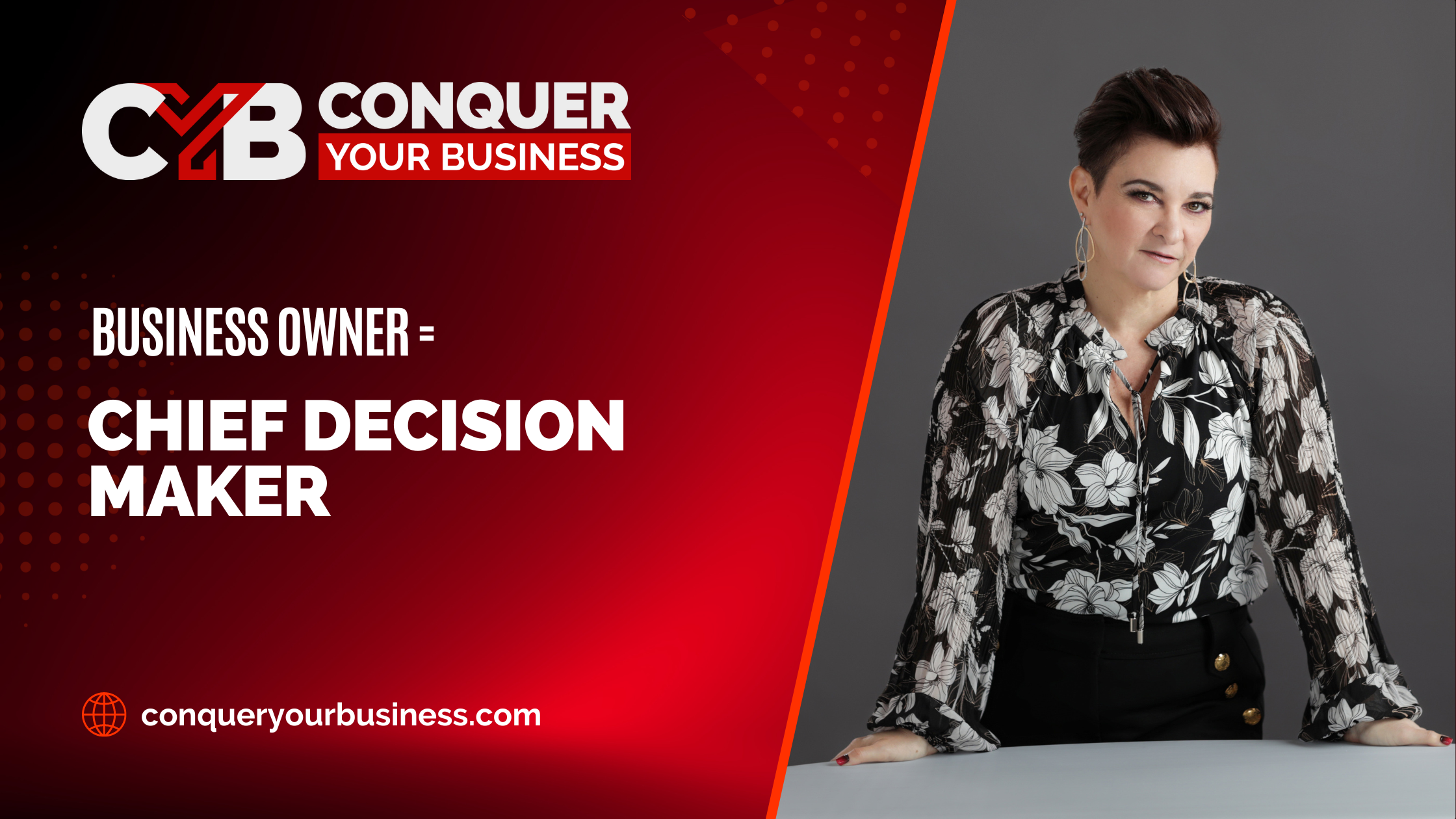While I encourage business owners to assess how things are going in their business regularly, there is something about the fresh start of a new year that has us dreaming a little bigger. We can hit the reset button and make some positive changes based on what went well and what did not go so great in the past year.
Our most recent article talked about applying the mindset of “What if this were easy?” to your business planning efforts. Now, I want to share another strategy for deep diving into your analysis of where you are now and how that can help you create your plans for growing and scaling your business.
The Concept of Finding the Anchor In Your Business
If you visualize your business as a combination of all its parts working together to move it forward, one of those parts will rank last in productivity. That part effectively holds back the rest of your business, whether in productivity, efficiency, or ROI.
You may have heard the phrase in fitness and weight loss that you “can’t out-eat your fork.” This phrase means that no matter how much exercise you do, if your food choices are horrible, they will prevent you from getting the results you desire. It’s the same way in your business. Your business cannot outgrow your weakest link.
Having a weakest link does not mean that you are doing anything wrong. Something will always rank last, even if you do not have a significant problem in your business. However, if you want to grow, you need clarity around exactly which part of your business is holding back your efforts or slowing you down…. as if you were trailing an anchor.
What to Review to Find Your Anchor
We have discussed the importance of having good gut instincts and that your feelings will lie to you. If you do not like doing something, you will have a different feeling about it than you do about the things you like doing. But it is essential to take an objective look at all of the areas of your business, whether you enjoy doing those tasks or prefer other work.
1. Finances:
Do you have the necessary financial resources to invest in the growth of your business? Are you paying your expenses in advance or are you scrambling to pay your expenses with income that is barely arriving in time? Ensuring that you have enough financial space to seize opportunities is essential. Can you only cover your expenses, or can you invest in new opportunities?
2. Strategy:
Is there a clear and congruent approach to your business or is your strategy all over the place? Without a well-defined plan that connects all aspects of your operations, you risk relying solely on hustle and grit to push the business forward in a scattered way. While drive is essential, an intentional roadmap is necessary to set you up for sustainable success.
3. Services and Products:
Do you offer a well-defined portfolio of services and products avoiding having to reinvent the wheel for each client and able to focus on scaling what the market truly wants from you. If you have yet to truly vet your offers so that you know what the market wants and where you can best serve, the inconsistency of your services or products could be holding your business back.
4. Branding:
Is your brand consistent across the board with your message and visuals and all your brand assets aligned to create the feeling you want to evoke in your audience. The pieces of your brand should be a physical manifestation of how you want people to feel when they experience your business. Do all of the assets in your brand point toward that feeling or are some of them outdated and more appropriate for a previous iteration of your business? If some of them still need to be updated, you may confuse your target audience and slow your growth.
5. Marketing:
Do you have a consistent client acquisition system that moves people through the journey from awareness to sales conversations? Knowing exactly who you help and what to say in your marketing is crucial. If you are playing start and stop with your marketing or need a client acquisition system in which you speak to your people regularly, it is much more difficult to intentionally move them into a sales conversation.
6. Sales Conversations:
Closing a sale is vital for business growth. Is your sales process effective? Are you able to convert interested prospects into paying clients? The bottom line is that none of these other categories matter if you cannot close a sale. If you cannot convert interested people into people working with you, it will be the most significant, heaviest anchor weighing you down.
7. Team:
Assess whether you’ve hired individuals for their expertise and if they genuinely support your business’s growth. Empowering your team members and having processes in place are essential. You need to hire horsepower to move your business forward. Make sure you are hiring team members that don’t have you just exchanging doing the work for managing the people doing the work.
If you have hired task rabbits who need constant supervision, it does not take anything off your plate; it just changes the work that you are doing. It gives you a different role in the process but does not actually increase the capacity of your business.
Additionally, systems and processes are essential not just for consistency in the business but so you can let go of worrying about what needs to happen and whether or not it does happen. We underestimate how much space is taken up in our brains by worrying about minutiae and that worry is a tremendous anchor.
8. Mindset:
Are you actively investing in personal growth so that you can lead the growth of your business? Your mindset is significant in your business’s success and can be the most considerable anchor. Your business cannot outgrow you. You need to do personal growth to allow yourself to lead the business growth that you want.
Creating an Action Plan
After you inventory those categories, the next step is to create an action plan for the parts holding you back. Know that scaling your business requires all of these departments pointed in the same direction, working with each other instead of against each other. That is why when one category lags, it is crucial to fix it so your business can move forward.
Finding the anchor in your business is an essential step towards scaling and growing your business. By taking inventory and addressing the weakest links, you’ll set yourself up for success in the coming year. Remember, it’s not about finding fault or placing blame but rather about understanding where improvement is needed and taking action.
Take the time to assess your business comprehensively so that all departments can work together harmoniously. With a clear strategy and addressing any potential anchors, you’ll be on your way to achieving your goals for 2024 and beyond.




